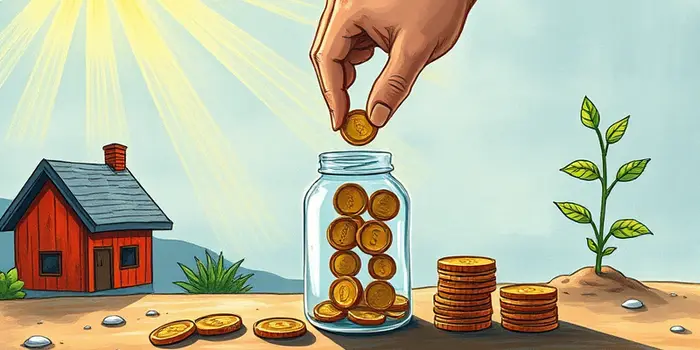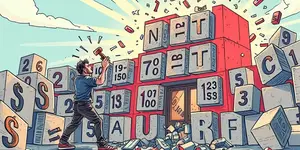
In a world of rising bills and economic uncertainty, having a robust emergency fund can mean the difference between stability and stress. As recession risk hovers at one-in-three in 2025, now is the moment to unlock the secrets to saving faster than ever before.
The journey may feel daunting, but with the right strategies, consistent contributions become second nature. This guide will equip you with proven tactics, real-world examples, and motivational insights to help you secure your financial safety net without sacrificing your daily peace of mind.
An emergency fund is a cash reserve set aside specifically for those unexpected shocks that life inevitably delivers—job loss, major medical bills, urgent car repairs, or sudden home emergencies. It acts as a buffer, shielding you from high-interest debt when crises strike.
Without this safety net, many households resort to credit cards, high-cost loans, or dipping into retirement savings, which can derail long-term goals. By prioritizing an emergency fund, you gain peace of mind and financial resilience in the face of uncertainty.
Experts consistently recommend building an emergency fund equal to 3–6 months of essential expenses. If you spend $2,000 each month on rent, groceries, utilities, and transportation, aim for a fund of $6,000–$12,000.
This tiered approach—commonly known as the “1-3-6 method”—breaks the target into manageable milestones. Self-employed individuals, gig workers, or anyone facing variable income should consider increasing this range to 6–9 months for added security.
Starting small is better than not starting at all. Set an initial goal of $500–$1,000 or one month’s living costs. This achievement delivers an early win that fuels momentum.
Next, calculate your true monthly outflows. Use budgeting tools or spreadsheet templates to tally rent, utilities, groceries, insurance, and transportation. With a precise total in hand, you can break your larger goal into manageable weekly or monthly contributions that align with your pay schedule.
Building momentum relies on adopting practices that automate and optimize your saving. Consider these powerful tactics:
Your emergency stash should live separate from everyday spending accounts to minimize temptation. Choose a high-yield savings account options or money market account that is FDIC-insured and easily accessible.
Opening the account at a different institution than your main checking can further discourage impulse withdrawals. Always prioritize liquidity over high returns—remember, this money must be on hand the moment crisis hits.
Momentum thrives on visibility. Use finance apps or savings trackers to monitor your balance, visualize milestones, and celebrate wins—no matter how small. Once you hit your primary goal, decide on a policy for surplus funds: redirect extra savings to investment accounts or other financial goals while maintaining your core emergency cushion.
Life changes—marriage, a new baby, relocation, or career shifts—can alter your expense baseline. Revisit your target amount quarterly or after major events to ensure your fund still covers the necessary months of living costs.
Even well-intentioned savers can stumble. Avoid these pitfalls:
Pro tip: After fully funding your emergency reserve, establish separate “rainy day” buckets for semi-annual car maintenance or holiday gifts. This layered approach keeps your true emergency fund intact for genuine crises.
Building an emergency fund is more than a financial tactic; it’s a statement of self-care and empowerment. Each deposit represents a step toward freedom from worry, granting you the courage to face life’s unpredictable moments with confidence.
As you cultivate these saving habits, remember that consistency triumphs over perfection. Even modest weekly contributions like $10–$20 can accumulate into a powerful buffer over time. By integrating these savings secrets into your daily routine, you’ll not only weather storms—you’ll emerge stronger and more resilient than ever before.
References













